 WAMU’s 1A radio talk show, distributed nationwide by NPR, hosted a program called “Deconstructing the Myths of Reconstruction” on November 19, 2018. Zinn Education Project Teach Reconstruction campaign adviser and Howard University Professor Greg Carr was on the show, along with LeMoyne College Professor Doug Egerton who wrote an article for the Smithsonian Magazine on the murder of 53,000 African Americans during Reconstruction.
WAMU’s 1A radio talk show, distributed nationwide by NPR, hosted a program called “Deconstructing the Myths of Reconstruction” on November 19, 2018. Zinn Education Project Teach Reconstruction campaign adviser and Howard University Professor Greg Carr was on the show, along with LeMoyne College Professor Doug Egerton who wrote an article for the Smithsonian Magazine on the murder of 53,000 African Americans during Reconstruction.
1A host Joshua Johnson began the show by asking listeners,
How much were you taught about Reconstruction? If anything.
Interspersed with the interview were comments from listeners about the myths they learned in school about Reconstruction. We recommend listening to the show.
 Here are excerpts from Dr. Greg Carr’s commentary.
Here are excerpts from Dr. Greg Carr’s commentary.
3:30
[In response to Mississippi Senate candidate Cindy Hyde-Smith’s comments about being so loyal to her friend that she would sit in front row for a public hanging.] Showing loyalty to him and showing loyalty to white supremacy aren’t mutually exclusive in the state of Mississippi, which by the way, only officially ratified the 13th Amendment in 2013. They claimed it was a clerical error and some things like that but I grew up in Tennessee so I know very well that old times there are not forgotten.
. . . .
2013 officially ratified. Of course, it was already ratified so it wasn’t necessary, just a proforma, but still, the symbol means something and language means something.
You know, Cindy Hyde-Smith is tapping into something that has never died in this country—one of the reasons why we need to really teach Reconstruction.
Reconstruction is the most important moment in American history.
“No Reconstruction,” simply put, no “you” [referring to Johnson] sitting there, no “me” sitting here. Howard University was started in 1867 during Reconstruction, year before Fisk University, Rust College, and many others.
But I like the way [W. E. B.] Du Bois put it in his book Black Reconstruction in America. He simply says,
The story of transplanting millions of Africans to the New World and of their bondage for four centuries is a fascinating one. But particularly interesting for students of human culture is the sudden freeing of those Black folk in the 19th century and the attempt, through them to reconstruct the basis of American democracy from 1860 to 1880.
That’s the first Reconstruction. We’ve arguably have been through a second one in the 1960s, and if William Barber is correct, we’re going through a third one now.
But Reconstruction is the lens through which we have to view the rest of American history.
11:18
[Johnson asks about the 53,000 African Americans murdered during Reconstruction, as referenced by Robert Smalls in a speech at the SC Constitutional Convention of 1895 and described in Terrorized African-Americans Found Their Champion in Civil War Hero Robert Smalls by Egerton in the Smithsonian Magazine.]
Certainly you’re talking about racial terror, and it isn’t restricted to the South.
When Robert Smalls rises to give this speech, by then, of course, in 1867 when Black men in D.C. were given the right to vote, you see ballot measures for the Black male vote fail in Indiana, Ohio, Minnesota, Kansas, so this is a national thing.
You know, you could get lynched for voting, I mean, for trying to vote. In 1871, you have a brother who just had a statue unveiled in Philadelphia, the great Octavius Catto, brilliant orator, educator, who was murdered on the streets of Philadelphia just by a random white mob.
This is happening all over. Some of the most famous pieces, like Colfax in Louisiana, some of the lynchings and murders in Mississippi are mass murders. But we’re talking about “casual violence.” That’s the worst kind of violence. Somebody just coming up on you in the middle of the night. The Ku Klux Klan, sure, that’s been decentralized by the time Reconstruction ends. Just random violence against individuals and finally, we hear chants of “lock him up” or “lock her up” today.
Well, Robert Smalls is accused of all kinds of financial crimes at the end of his political career, as is Francis Cardozo, first man to hold statewide office in South Carolina of African descent. And they locked Cardozo up for six months in prison in South Carolina. He ends up escaping the state and comes up to all places, Washington D.C. That’s who Cardozo High School [a D.C. public school] is named for. Sometimes the violence didn’t involve death – it involved physical incarceration. By the way, Francis Cardozo is Eslanda Goode Cardozo’s grandfather. That’s the wife of Paul Robeson. I mean, this history is not ancient history.
13:30
[Johnson references how the violence of the Klan being decentralized is not new.] No, it’s not. In fact Professor Egerton writes about this. And I work at Howard. I spent time last week in Moorland Spingarn Research Center with some of the letters that were written to the senator, of course, Blanche K. Bruce out of Mississippi.But yes, the de-centralization of the Klan really starts when the Federal government goes after the Klan. A lot of folks might be interested to understand that in 1870 when President Grant is in office, they not only established what becomes the Ku Klux Klan Act, passed in 1871, Grant establishes something with the help of Congress called the Department of Justice (DOJ). The DOJ is created in 1870 in part to go after these racial vigilantes in the South. And they’re incredibly effective.
Frederick Douglass writes about the fact that you’ve got federal prosecutors going to the South breaking this stuff up. But all that does, of course, is redistribute the pain to casual white folks who decide they’re going to take up arms in their own protection of what they used to call in the South, the “Lost Cause.”
And finally, I guess, what’s really striking is because as my friend, the great historian Gerald Horne, writes,
Whiteness becomes the battle pay, many poor whites get in order to protect the interests of the elites, only they don’t know that they’re doing it.
Sometimes it’s terrorism being carried out in part people say, in the words of James Baldwin,
They are not, thank heaven, Black.
So they’re fighting to preserve something that’s imaginary and we see that line through absolutely right until today.
22:15
Yeah, this is one of the big things we have to deal with in the question of Reconstruction and that’s the question of Black agency. That’s why I started with Du Bois in 1935. Du Bois nearly got put out of the NAACP in 1935 because he started saying we have segregation now. We need to look at Black institutions while we’re fighting to desegregate and strengthen them.
He had read by that time widely and he said, “Let me go back and look at Reconstruction as a time when you see Black agency.” Let’s be very clear. Nobody gave anything to these African people. In fact, I often refer to Reconstruction as the attempt to Africanize American democracy.
What do I mean? Public education in the South was a Black idea and those Black legislatures, including the majority Black South Carolina legislature. Poor whites benefited from that. You see poor whites benefit from much of this legislation that’s passed during Reconstruction that is then retained for them and taken from the Black people in the Jim Crow era that comes after.
You even see women argue that the 14th Amendment, which is arguably the most important amendment in the United States Constitution, that the 14th Amendment should extend to them in terms of equal protection and due process when it comes to the right to vote. That case makes it to the Supreme Court, although it’s decided in Minor v. Happerset in 1875 that that’s not the case.
What you see with Reconstruction, is the closest we’ve gotten in this country to building a true democracy or at least a better democracy than any that’s existed anywhere in world history. And that’s because of African people, not for Black people.
Johnson shared a brief interview with DCPS middle school teacher Amy Trenkle who had engaged her students in the Zinn Education Project Teach Reconstruction campaign. She began with the Reconstructing the South lesson and then had her students research Reconstruction history in D.C. for the Make Reconstruction History Visible project. Her students learned about Reconstruction era Black political, educational, medical, and religious institutions. Trenkle said her students came to see that this was a powerful, thriving community.
23:55
Right, and one other thing—that Zinn Ed Project, people go to ZinnEdProject.org, Deb Menkart, the folks who are working with Zinn Ed, that Teach Reconstruction project that we just heard Amy talk about, it’s invaluable because they’ve gotten K-12 young people involved and they can do that primary research on there with those lessons.
24:40
[In response to comment about Reparations.] I’m glad you raised that. This thing starts before the end of the Civil War when Rufus Sexton and some of the U.S. military argue you should give Black folk this land. Lincoln gets a little timid about that and of course, Andrew Johnson is against it. You see the resurgence of this argument when the radical Republicans impose these five military districts in the South. But really what you see under Johnson initially is the restoration of this white plantocracy, these white plantation owners who are now going to put these Black people in debt peonage.
But here’s the problem. Once you put Black people in debt peonage, you’ve opened up a system where you can put white people in it, too. By the Great Depression, most of the people who are sharecroppers in the South are white.
Now what ends up happening is, those Civil War Amendments, 13, 14, and 15, particularly the 14th Amendment, now instead of talking about reparations, meaning giving people the opportunity in a stake to invest in this country, you see the 14th Amendment quickly become the tool that is used by corporations to argue that their due process is being violated when they can’t go out and claim eminent domain. Of course, as the new senator from Utah would say, “Corporations are people, my friend.”
And it’s the abandonment in many ways of the 14th Amendment or the circumscribing, the shrinking of its promise that leaves us in the state we are today. I mentioned one other Supreme Court cases, the Slaughterhouse cases out of Louisiana, and Professor Egerton has written about this, as well, of course. You see in the Slaughterhouse cases, these butchers in New Orleans say you’re imposing on us a badge of servitude—13th Amendment—and you’re depriving us of due process—14th Amendment—by restricting our capacity to contract the slaughter because the city of New Orleans has put a contract and said we can’t compete.
What does that mean? Non-Black people are using these rights because they aren’t exclusive to Black people.
32:50
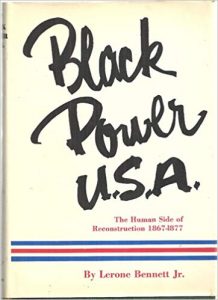 I’m not a big Lincoln fan. If for no other reason than everything he did, I agree with Lerone Bennett who wrote a book on Reconstruction in 1968 called Black Power USA where he said he was forced into glory. I’d say this very quickly—we have to think about the fact this continues to this day. When we see Cindy Hyde-Smith talk about lynch mobs, well, talk about public hangings, the lynch rope and the ballot go together.
I’m not a big Lincoln fan. If for no other reason than everything he did, I agree with Lerone Bennett who wrote a book on Reconstruction in 1968 called Black Power USA where he said he was forced into glory. I’d say this very quickly—we have to think about the fact this continues to this day. When we see Cindy Hyde-Smith talk about lynch mobs, well, talk about public hangings, the lynch rope and the ballot go together.
Public intimidation of Blacks means a betrayal of democracy. I think there are a lot of people invested in that to this day across the country.
[Johnson asked Carr, once people learn the true history of Reconstruction, what next?]Restore the voting rights act, section two of the 15th Amendment allows that to happen.
Realize that all history is a current event, and understand finally, that, what we’re talking about as an American identity, really doesn’t exist. What we’re talking about is human beings trying to work out a project that has never lived up to the so-called ideal.
It’s a settler state and during Reconstruction, people tried to make it something other than that, and we continue to have to go through Reconstructions.

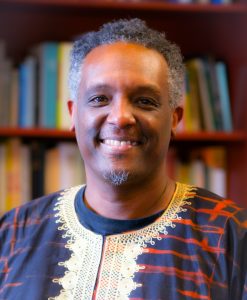
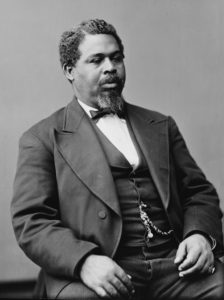
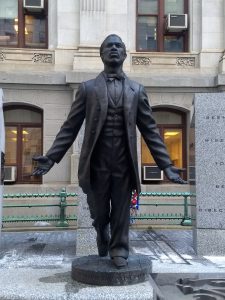
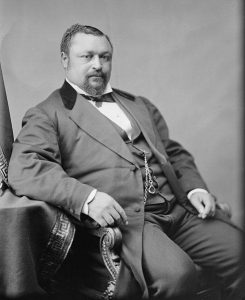
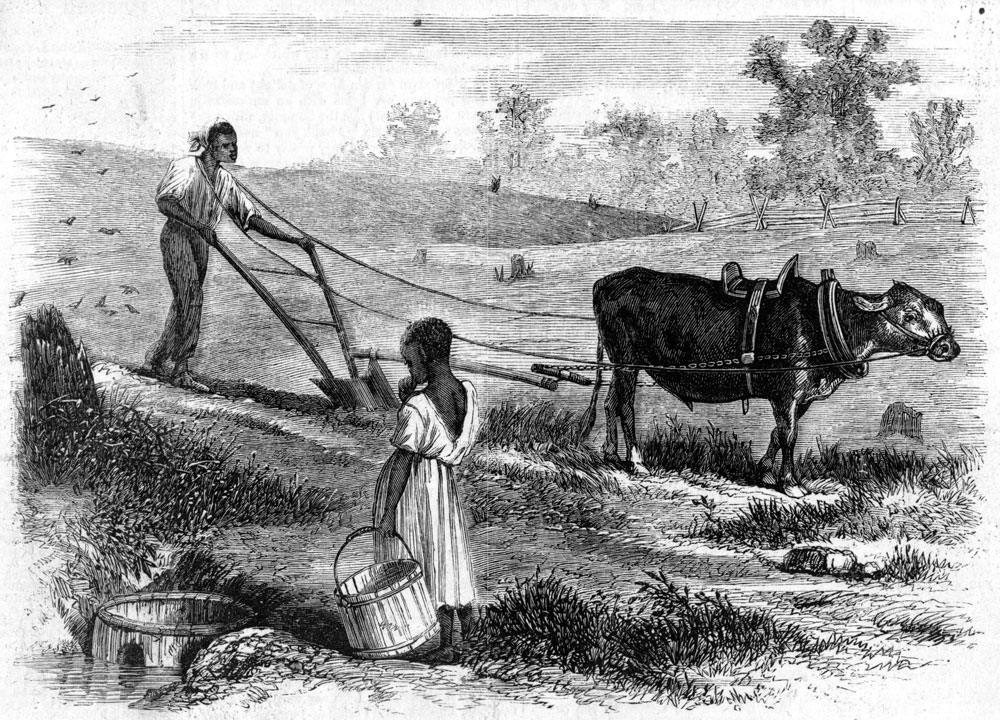
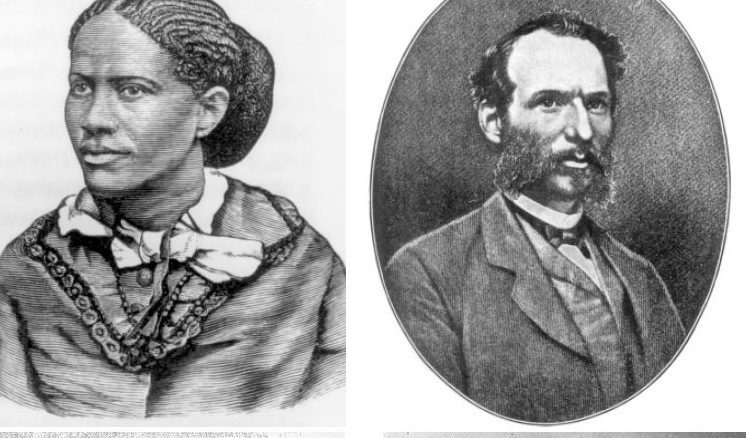
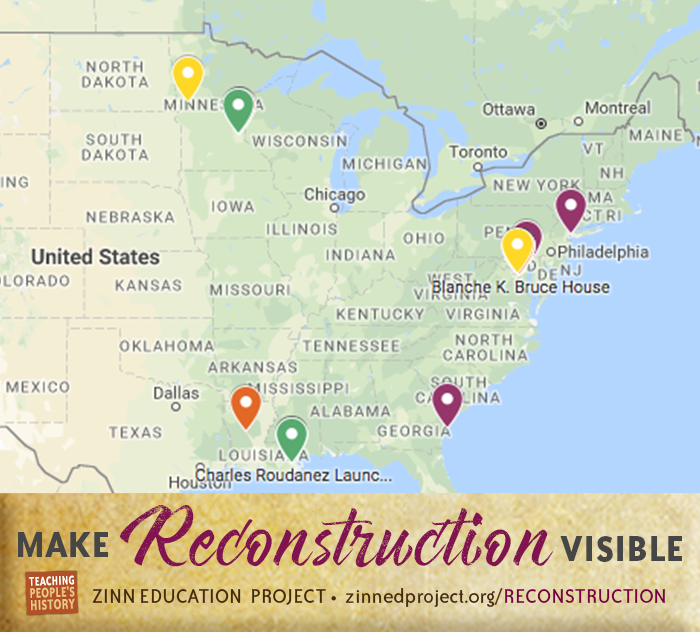
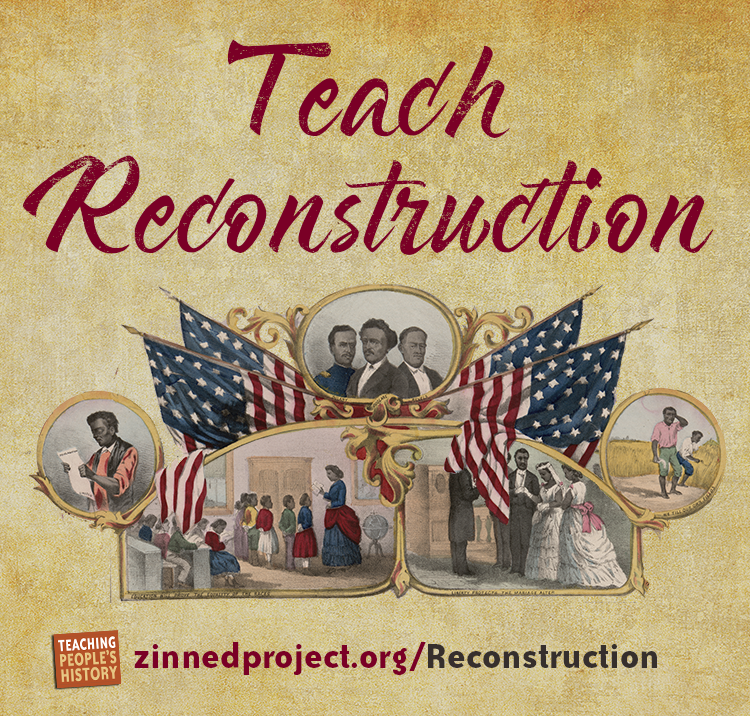
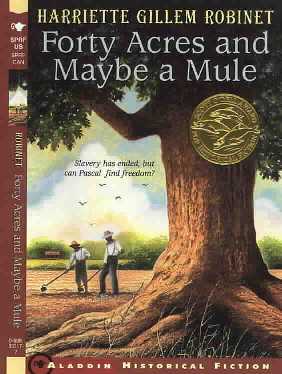
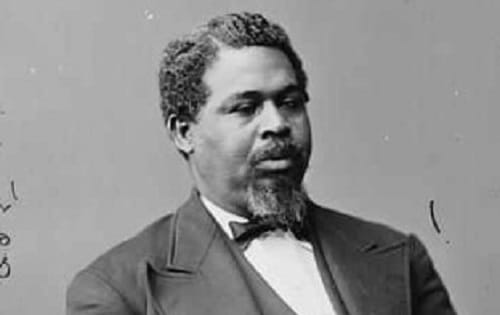





Twitter
Google plus
LinkedIn